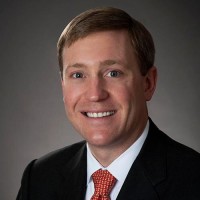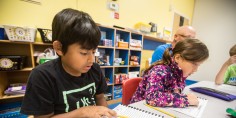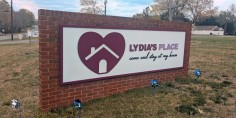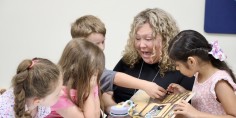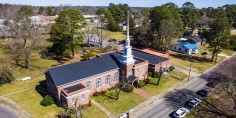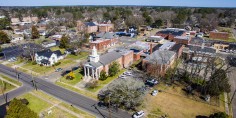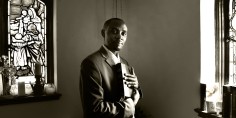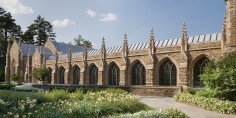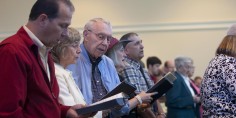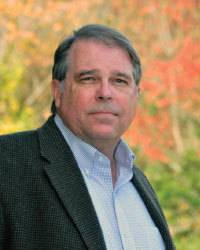
Jason Gray
Senior Fellow, N.C. Rural Center
Rural communities and rural Methodist churches share many characteristics and dynamics. Each want to honor their rich past and have a place in a vibrant future. Both have abundant assets; some well appreciated but others less obvious. Rural communities and congregations thrive when leaders build the diverse relationships and partnerships that allow them to see their existing assets in new ways.
The Duke Endowment is supporting the North Carolina Rural Center to partner with rural Methodist churches on a journey of discovery to see their congregational assets in new ways, and to explore opportunities to engage their communities in missional projects. The five-year Faith in Rural Communities initiative is designed to engage broadly with at least 64 congregations across the state, and then offer intensive coaching with approximately 16 congregations.
Starting with John Wesley’s legacy of his prison ministry outreach, the United Methodist Church has a deep history and tradition of engaging both the opportunity and suffering in communities. There are shining examples of creative missional engagement today. However, to maximize potential, many rural congregations need to rediscover their muscle memory of reimagining their assets and the practical steps of a more intentional community engagement.

